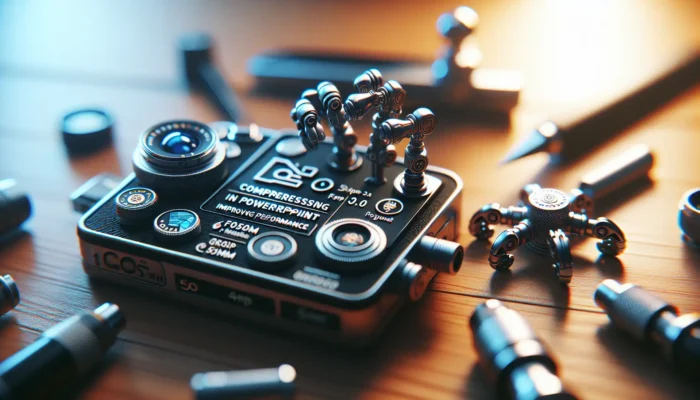Whether you’re preparing slides for a big presentation or handouts to share with your audience, getting the printing settings right in PowerPoint is key. Choosing the optimal settings ensures your printed slides or handouts look professional, easy to read, and make the best use of paper.
In this article, I’ll share my top tips as a PowerPoint expert for configuring the printing options and settings in PowerPoint to get great printed results every time. Read on to learn how to adjust page setup, choose color vs grayscale, utilize handout options, and more.
Optimize Page Setup for Printing
The first step to great prints is configuring your page setup properly in PowerPoint. Here are a few key settings to check:
Slide Size
Make sure you select a slide size that matches the paper you will print on. The default in PowerPoint is for letter size 8.5×11 inch paper. If printing on another paper size like A4 or tabloid, be sure to adjust slide size accordingly so content fits.
Orientation
Consider whether portrait or landscape orientation makes the most sense, especially if printing slides with lots of text or small graphics. Landscape usually works best to ensure content is legible without getting too small.
Margins
While viewing slides onscreen, you may use 0 inch margins for a full bleed effect. However, for printing, it’s best to use at least 0.5 inch margins on all sides to ensure no content gets cut off near the edges after printing and trimming.
Slides Per Page
Think about your purpose – if printing slides as handouts, consider 3 or 6 slides per page. For slides to use as speaker notes, 1 slide per page often works best to make text large and legible.
Pick Color vs Grayscale Printing
Need to save on color ink when printing slides or handouts? Switch to grayscale mode. Here are some tips:
- Access grayscale option under the Color drop-down when accessing Print settings
- Use dark colored text and high contrast design if sticking with grayscale
- Add colors selectively to highlight key elements if desired
- Use grayscale for draft prints or prints meant for note-taking
Meanwhile, use full color when printing final presentation slides or handouts meant to showcase graphics and images. The color makes all the difference!
Configure Handouts Settings
If using PowerPoint’s handouts feature to print 3 or 6 slides per page with note-taking space, make sure to configure these additional options for best results:
Add Slide Numbers
This helps the audience organize notes by slide. Use a large, high contrast font at the bottom corner of slides.
Print Several Slides Per Page
Fitting multiple slides per page ensures text and graphics stay large enough to read. Aim for 6 slides per page maximum.
Add Lines or Boxes for Notes
Consider adding lines/boxes next to slides for hand-written notes. Make lines dark and prominent enough to write on easily.
With well-formatted handouts, your audience can easily take notes on key information you present.
Additional Tips for Better Prints
Here are a few more of my top professional tips for great prints:
- Use a high-quality printer – invest in a good printer suited for graphics and presentations for best results
- Preview before printing – use the print preview to catch any issues with cuts offs or quality
- Print a test page – print one sample page before the whole job to ensure optimal quality
- Use high-quality paper – splurge for thicker matte paper or card stock for professional appearance
- Print extra copies – print 2-3 extra copies as back-up in case any get damaged or lost
Conclusion
With these pro tips and best practices for configuring PowerPoint print settings, you can achieve perfectly formatted slides, handouts, or notes every time. Pay special attention to page setup, color mode, handout configuration, and print quality to get professional results. Following this PowerPoint printing guidance will ensure your hard work looks polished for your audience.




